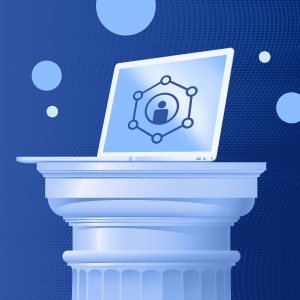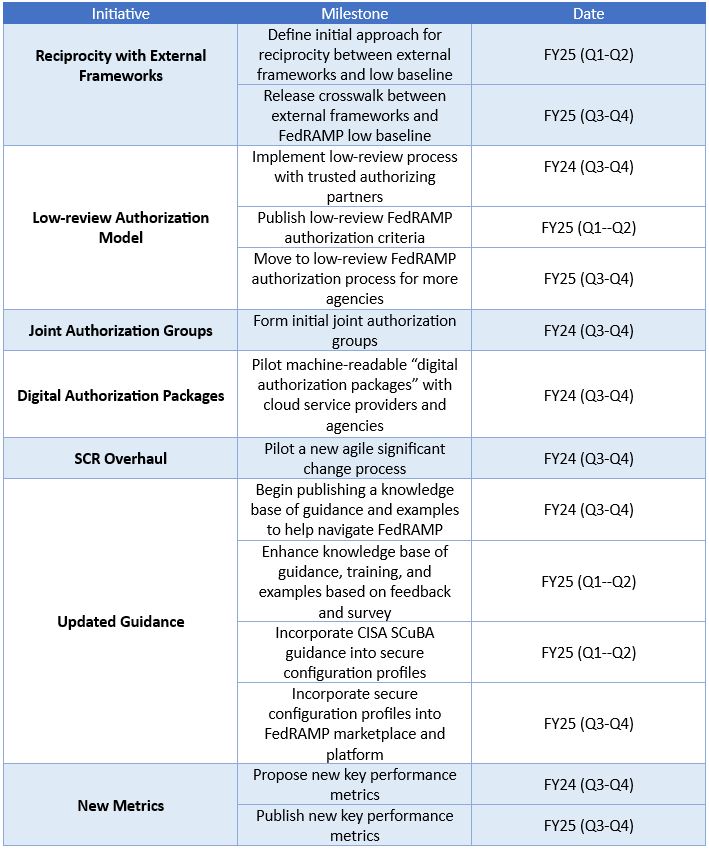In the world of digital transformation within Government agencies, the collaboration between industry partners and Federal entities is critical for driving progress in enhancing the Federal digital experience. Recently, the General Services Administration (GSA) and the Office of Management and Budget (OMB) held The Federal Digital Experience Virtual Summit to shed light on the pivotal role that industry plays in supporting Government agencies on their journey towards digital innovation. By emphasizing the need for collaboration, innovation and skill development, these conversations underscored the importance of industry expertise in guiding Government agencies towards effective digital solutions. Key takeaways from the summit are summarized throughout this blog post to provide insights into the evolving landscape of Government digital services. As agencies strive to modernize their digital services and platforms, industry partners, like Carahsoft and our partners, technology vendors, resellers, system integrators, and MSPs, are instrumental in providing the necessary resources, knowledge and solutions to help agencies meet the evolving demands of their users and improve the Customer Experience (CX).
The Importance of Inclusive and Compliant Digital Solutions
A people-first approach is paramount in Government digital services, focusing on the needs of both customers and the Federal workforce. Industry partners engaging with Government agencies must align their technological solutions with this people-centric mindset. Prioritizing user experience (UX) and ensuring that technology serves the needs of all stakeholders is essential for fostering effective digital interactions within the Government ecosystem.

While adopting a mobile-first approach is crucial in today’s digital landscape, accessibility remains a fundamental consideration. Government agencies recognize the importance of catering to individuals who may not have access to mobile devices or prefer alternative communication channels, such as in-person interactions or call centers. Ensuring that digital services are inclusive and accessible to all individuals, regardless of their preferred mode of interaction, is key to promoting equitable access to Government resources and information, as well as providing a means of service outside of digital for those who do not have access.
Federal agencies expect industry partners to demonstrate a deep understanding of the regulatory landscape and Government policies, such as the 21st Century Integrated Digital Experiences Act (IDEA), Executive Order 14058, Transforming Federal Customer Experience and Service Delivery to Rebuild Trust in Government, and specific mandates like M-2322. Industry proposals should reflect a clear alignment with these guidelines and address the unique needs outlined by Government directives. Collaboration between Government agencies and industry partners are linked by a shared commitment to compliance and a mutual understanding of the regulatory framework governing digital initiatives. By proactively incorporating policy requirements into their proposals, industry partners can demonstrate their readiness to support Government agencies in achieving their digital transformation goals.
Enhancing the Federal Digital Experience
Implementing best practices is essential in the realm of Federal digital experience for enhancing user engagement and optimizing service delivery. The following best practices were identified by the speakers that all agencies should be working towards and where the industry should support by supplying guidance and tactical solutions, helping them meet Federal initiatives. One key practice is the importance of the US Web Design System, which promotes a mobile-first approach for Government websites. By prioritizing mobile responsiveness and user-friendly design elements, agencies can ensure that their digital platforms are accessible and intuitive for all users. Leveraging the design system not only fosters consistency across Government websites but also enhances the overall UX, making it easier for individuals to navigate and interact with online Government services.
Another crucial best practice is the enhancement of search functionality for Government websites. By implementing Search Engine Optimization (SEO) methods, agencies can improve search results and make relevant information more easily discoverable for users. Looking ahead, planning for future technologies like artificial intelligence (AI) in content delivery can further enhance the search experience, enabling more personalized and efficient access to Government resources. By staying informed of evolving search technologies and incorporating AI-driven solutions, agencies can streamline information retrieval processes and provide users with tailored and relevant content.
Digitization serves as a foundational element for transformation within Federal agencies. Moving towards digital and self-service options for common tasks not only enhances efficiency but also empowers users to access services conveniently. By focusing on structured data and digital interactions, agencies can transform UX, making interactions more intuitive and seamless. Embracing digitization as a bedrock for innovation enables agencies to modernize their service delivery models, reduce operational burdens and adapt to the evolving digital landscape effectively.
Collaboration and Alignment Across Government and Industry
Establishing a dialogue and fostering partnerships between agencies and industry partners can lead to the co-creation of solutions that address the evolving needs of the digital landscape. By working together, stakeholders can leverage their respective expertise and insights to develop innovative strategies and technologies that improve service delivery and user satisfaction. This collaborative approach not only fosters knowledge sharing and best practice exchange but also promotes a culture of continuous improvement and innovation within the Government ecosystem. As a call to action, stakeholders are encouraged to join forces and collaborate towards a shared goal of creating a better digital experience for customers and Government employees alike. Stakeholders can collectively drive positive change and shape the future of digital interactions within the Government sector by aligning efforts and working together. Leveraging the federal digital experience guidance provides a clear path forward, offering a roadmap for stakeholders to navigate the complexities of digital transformation and align their initiatives with Government priorities and policies. By adhering to the guidance and embracing a collaborative mindset, Government agencies and industry partners can collectively advance the digital experience landscape, ensuring that services are accessible, user-centric and future-ready.
As agencies like GSA and OMB advocate for a mobile-first strategy, organizations can explore Carahsoft’s portfolio of website modernization and mobile enhancement solutions to align with these initiatives. Carahsoft also features leading solutions from our vendor partners in the digitization of services, such as fortifying public outreach, electronic signatures and accessibility technology, aiding in the modernization journey for agencies to make services simpler and more accessible for users. Customer services are improved through understanding the voice of the customer with analytics and human-centered design. Public outreach is imperative for transparency, gathering and implementing feedback and ultimately building trust between constituents and Government. CX plays a pivotal role in shaping how constituents perceive and interact with civic services, fostering trust and transparency in Government operations.
Carahsoft’s Customer Experience and Engagement portfolio offers a range of industry-leading solutions that enable agencies to analyze and disseminate information securely, improve service efficiency, build trust with constituents and bolster agency reputability. By embracing trusted software solutions from our technology providers, agencies can advance their digital Government services to meet the evolving needs of the public and deliver exceptional experiences that drive positive outcomes for all stakeholders. Carahsoft’s expertise in digitization also extends to social media integration, call center optimization and the implementation of adaptive technology, aligning with diverse needs of Government agencies and their constituents.
GSA and OMB are calling for a people-first approach and Carahsoft has the CX solutions to help your organization meet this initiative. Check out Carahsoft’s portfolio of solutions providers who can support your needs in website modernization and mobile enhancement, digitization of services, customer services, public outreach, social media, electronic signatures, call center, accessibility technology and other CX solutions.


